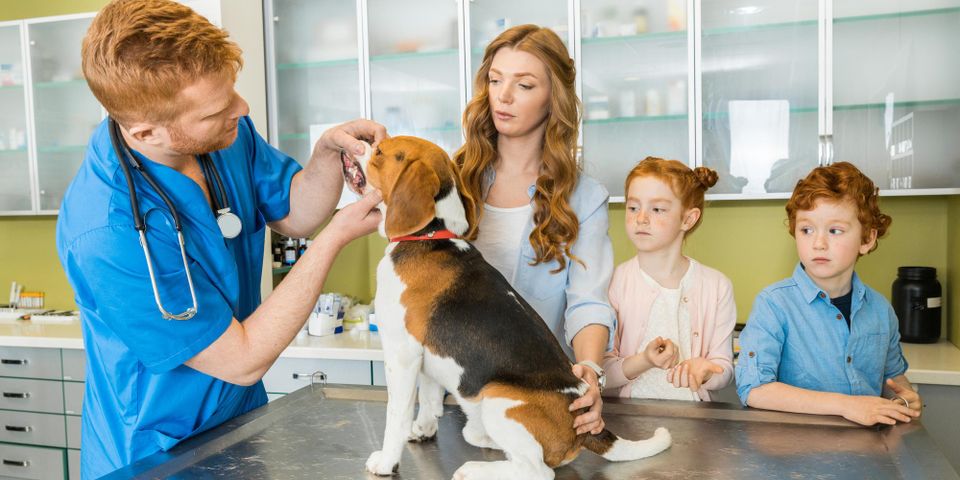
People who experience seasonal allergies often expect symptoms to flare up when the spring comes around. However, many pet owners don’t know that their animals can face allergic reactions, too. Here’s what your veterinarian wants you to know about allergies and how to spot them to keep your furry friend comfortable and happy year-round.
Common Causes of Pet Allergies
Animals can experience adverse reactions to allergens that also affect humans. Pollen, which is typically more prevalent in the air during the springtime, is a frequent culprit. Other irritants include dust mite droppings, flea or tick saliva, and mold spores.
The following are some signs that indicate your pet may have allergies:
- Red, watery eyes
- Excessive scratching
- Hair loss and exposed red skin
- Excessive head shaking
 If your pet is exhibiting any of these signs, don’t ignore them. They may hurt themselves or peel off skin due to scratching, which could leave them vulnerable to bacterial infections, like pyotraumatic dermatitis.
If your pet is exhibiting any of these signs, don’t ignore them. They may hurt themselves or peel off skin due to scratching, which could leave them vulnerable to bacterial infections, like pyotraumatic dermatitis.
How to Prevent Them
While allergies can’t be completely cured, a veterinarian will find ways to keep your pet more comfortable. The recommended plan will depend on the causes of the allergic reactions.
In some cases, vets may recommend medications, anti-itch shampoos, or hydrocortisone creams to temporarily relieve symptoms. However, if fleas and ticks are causing irritation, they may recommend a flea or tick control program and prescribe daily chewable tablets, topical ointments, or specialized collars to keep your furry friend pest-free.
To make sure your pet is safe and comfortable this spring, take them to Vintage Park Veterinary Clinic in Sacramento, CA. This full-service animal hospital provides diagnostic services to identify the sources of your pet’s allergies. They create individualized flea control programs that address the specific needs of your pet and their environment. Visit them online to learn more about their work or call (916) 243-5855 to schedule an appointment with a veterinarian.
About the Business
Have a question? Ask the experts!
Send your question

